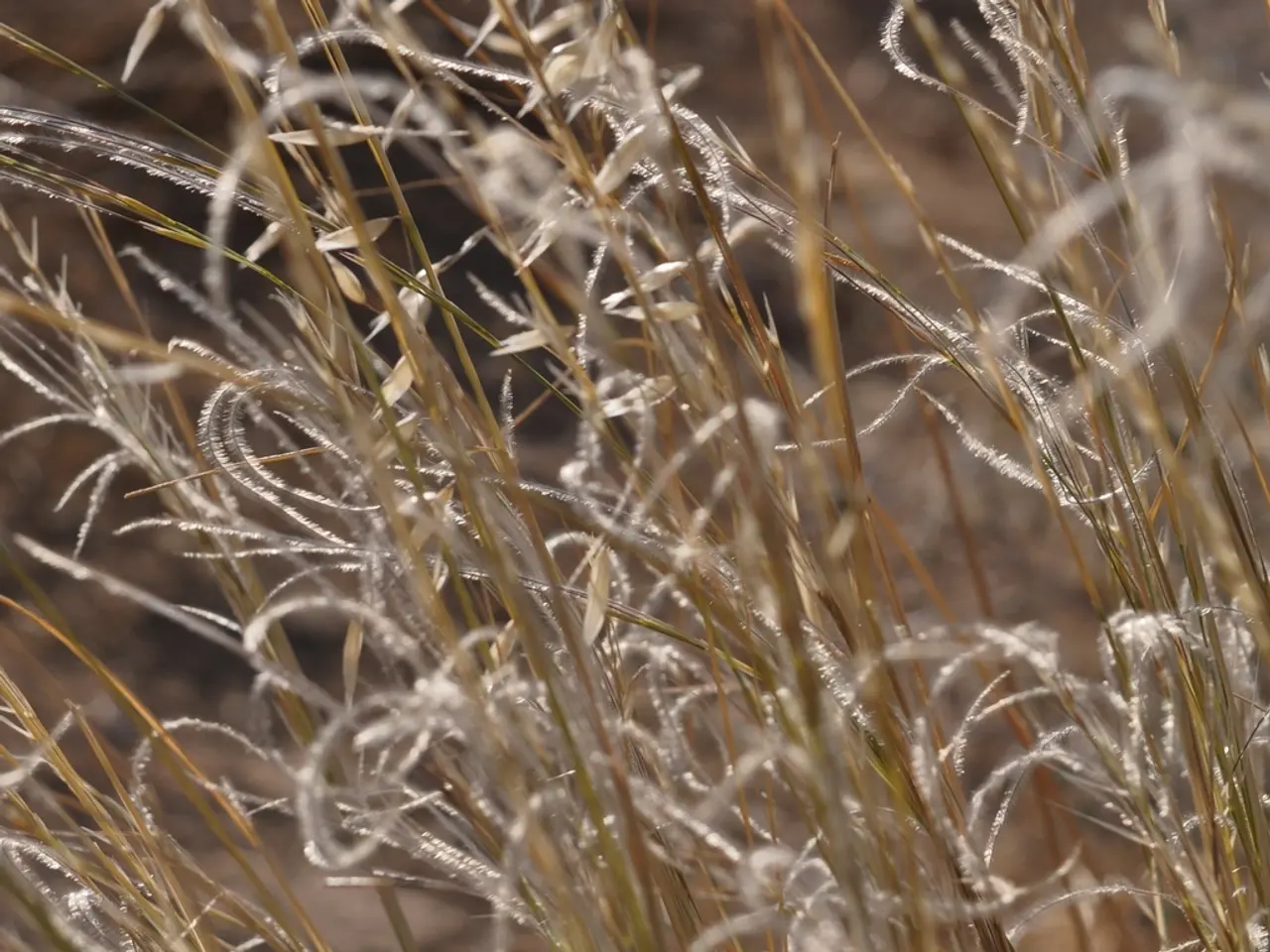Optimal Turf Laying Timing: Experts Reveal the Ideal Period for Maximum Results, Though Year-Round Installation is Possible
Laying Turf: The Best Time for a Thriving Lawn
Laying turf is a popular choice for creating a lush, green lawn, but when is the best time to do it? According to horticulture experts, the ideal periods are spring and autumn.
Spring Turf Laying
Spring, starting from April, can be a great time for turf laying. The soil warms steadily, stimulating grass growth. However, spring turf establishment sometimes faces more variable moisture and warmer air, which can stress new turf.
Autumn Turf Laying
Autumn, specifically from late August to October, is often considered the optimal time for turf laying. The soil remains warm from summer, promoting rapid root growth, while air temperatures are cooler and moisture levels higher, reducing stress on the turf and promoting faster root development and establishment.
Late August to early September is ideal for establishing new lawns by laying turf or seeding. The cooler air temperatures mean less heat stress on the grass, and the soil is still warm, aiding rapid root growth. September and October offer cool air and moist soil, which helps newly laid turf establish more quickly and with less stress compared to hotter months.
Summer Turf Laying
While summer isn't the best time to lay turf, it can still be done, with the potential need for watering using hosepipes. However, laying turf in midsummer (like August) is generally not recommended because the hot weather and potential dryness can hinder establishment and increase maintenance demands.
Preparing for Turf Laying
Before laying turf in February, it's essential to check the soil condition. It should be well-drained, not waterlogged or frozen. Apply a general-purpose fertilizer 4 - 7 days before laying the turf. Laying planks of wood on the ground while laying turf can prevent soil compaction and keep the turf nice and level.
Turf Maintenance
It's advisable to lay turf as soon as it arrives. If heavy rain, snow, or freezing conditions are forecast during February, it's best to wait until things warm up before laying turf. In winter, turf takes longer to root because it's in a dormant state.
If you're finding the seasons difficult to predict, it can be easier to go by soil temperature to find out if it's a suitable time to lay turf. A pre-lawn and seed starter fertiliser can help the turf settle in more successfully.
Choosing Turf
The turf being discussed is harvested from a blend of fescue and ryegrass. Laying turf offers more instant results, but it is a more costly option compared to growing from seed, as mentioned by Peter Chaloner.
Expert Advice
Experts agree that spring and autumn are the best times of the year to lay turf. Graham Smith MCIHort from LBS Horticulture states the best months are March or April (spring), and September or October (autumn). Peter Chaloner also notes that laying turf requires a soil temperature between 10°C and 18°C (50°F to 65°F) to ensure proper root growth.
In winter, it's best to protect turf with a layer of horticultural fleece during severe frosts, and remove it once the frost risk has passed to avoid condensation buildup. Laying turf on a mild day with overcast weather can help the grass settle in better during summer, as advised by Peter Chaloner.
Laying turf at the wrong time can result in the grass failing to establish, requiring the process to be repeated. So, choose the right time, follow the expert advice, and enjoy a beautiful, thriving lawn!
- To ensure a thriving lawn, horticulture experts advise laying turf during spring (April) and autumn (late August to October).
- In autumn, laying turf provides optimal conditions for rapid root growth, as the soil remains warm from summer, and moisture levels are higher, reducing stress on the turf.
- However, if choosing to lay turf in summer, it might require watering using hosepipes, and midsummer (August) is generally not recommended due to potential heat stress and dryness.
- Before laying turf, it's essential to prepare the soil with a general-purpose fertilizer, ensure it's well-drained, and lay planks of wood to prevent soil compaction and keep the turf level.




